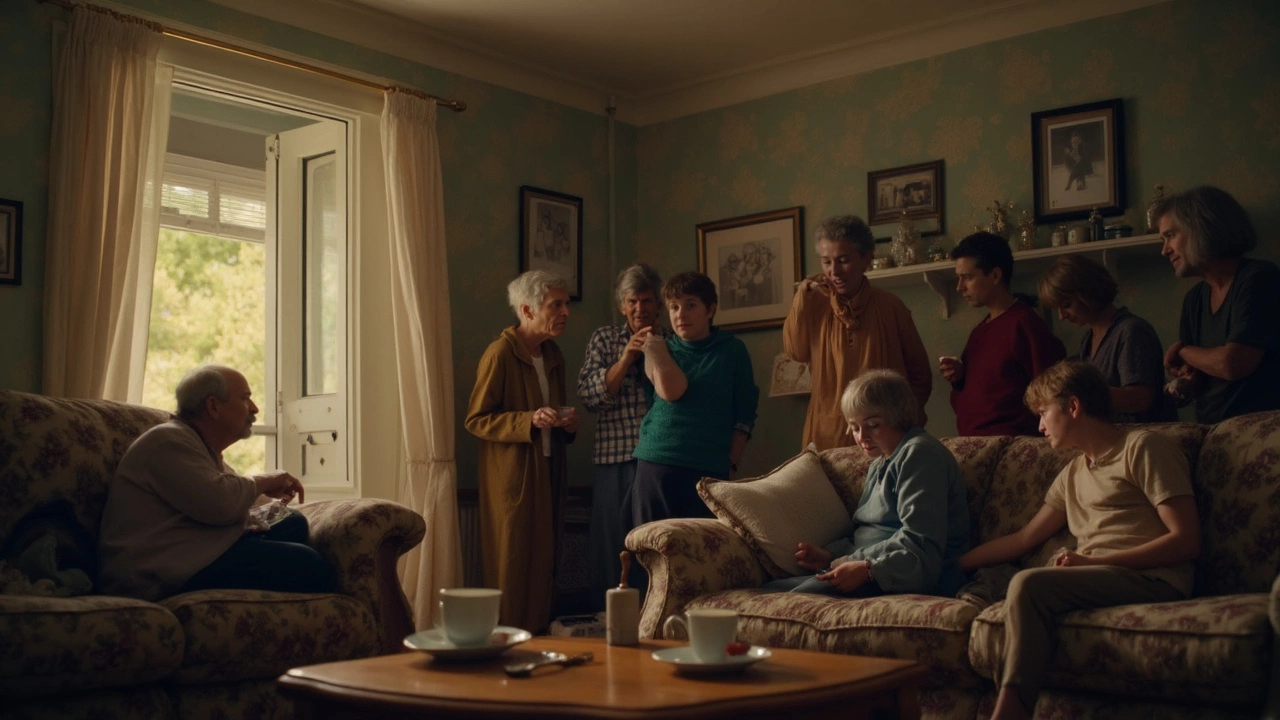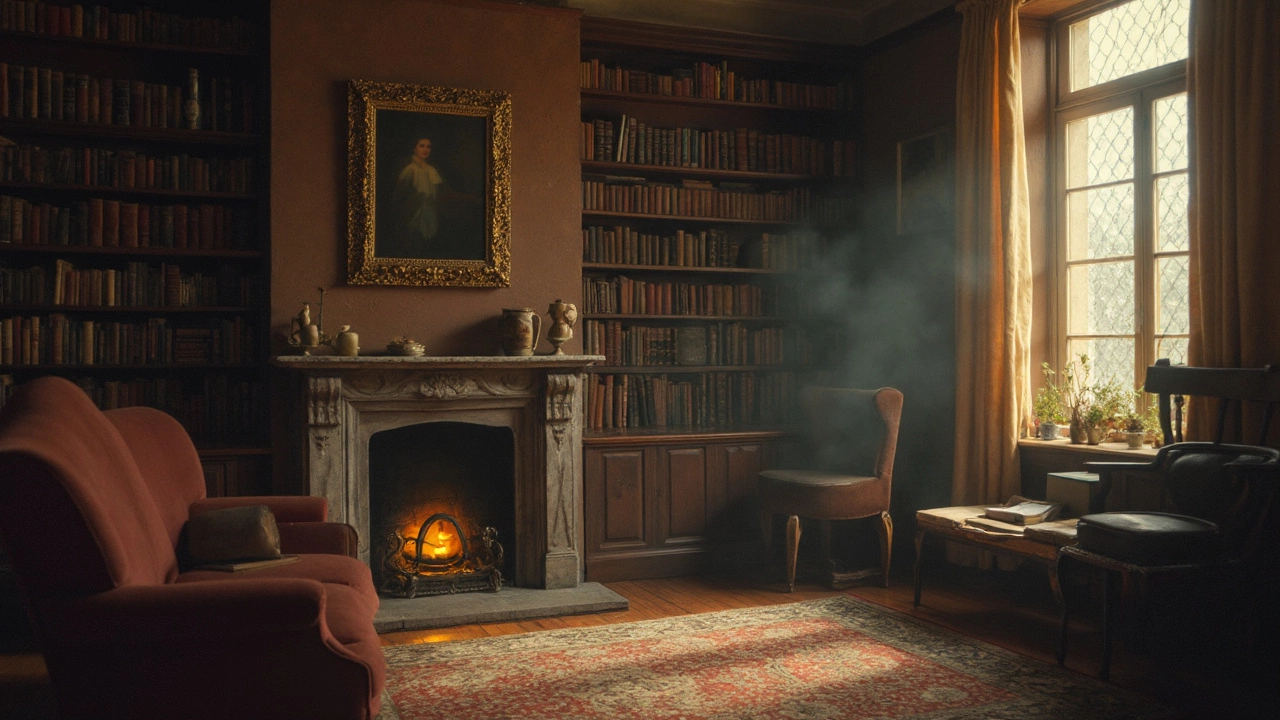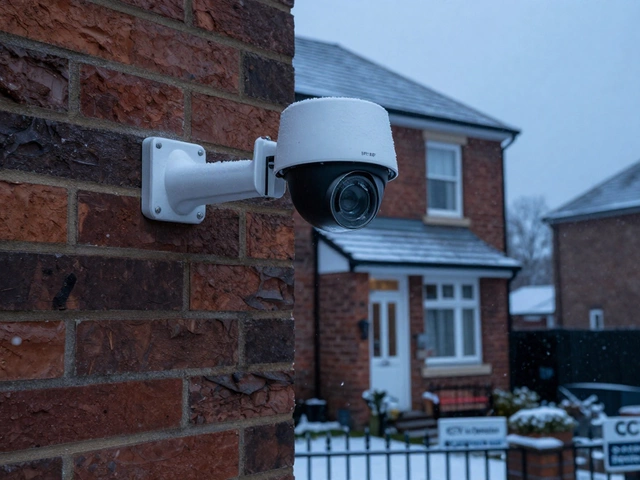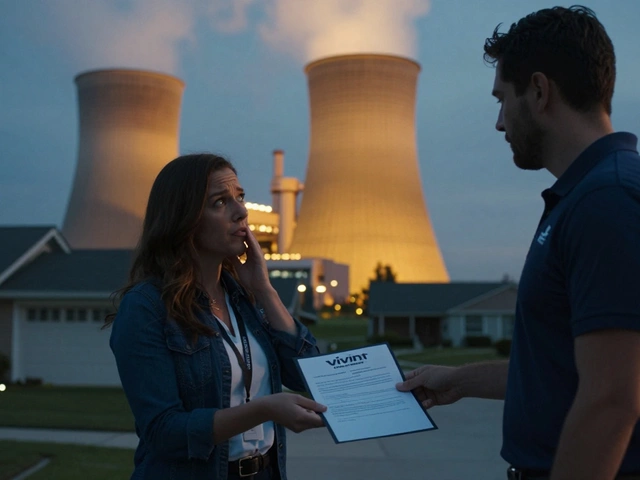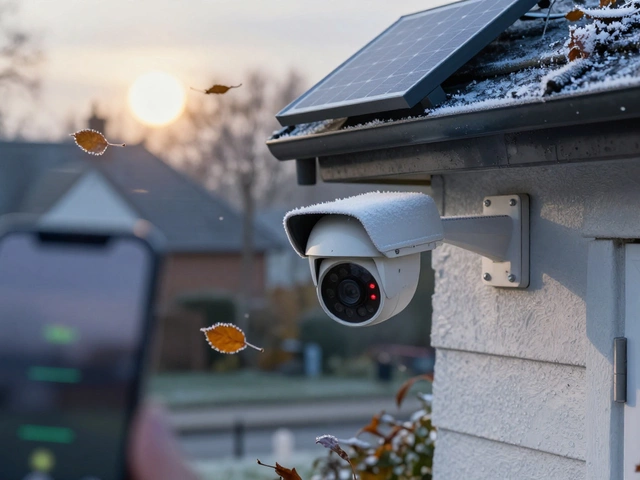Camera Detection: What It Is and Why It Matters
If you’ve ever wondered how a security camera knows when to start recording, you’re looking at camera detection. It’s the tech that tells a camera to capture video only when something important happens – a person walking by, a car pulling up, or a door opening. By ignoring empty rooms, detection saves storage, cuts down on false alerts, and lets you focus on real threats.
In the UK, homeowners and businesses are switching from always‑on recording to smart detection because it’s cheaper and more private. You get fewer hours of footage to sift through, and you’re less likely to waste bandwidth on empty clips. Below we break down the core ideas, the tech that makes it work, and how you can pick the right system for your place.
How Camera Detection Works
Most modern cameras use one of three methods to spot motion or change:
- Pixel‑based motion detection. The camera compares each new frame to the previous one. If enough pixels change, it flags motion. This is simple but can be fooled by rain, shadows, or a moving tree.
- Infrared (IR) sensors. An IR beam watches a specific area. When something crosses the beam, the sensor triggers recording. It works day and night and isn’t affected by lighting changes.
- AI‑powered object detection. The camera runs a small neural network that can tell the difference between a pet, a human, or a passing car. This is the most accurate option, and many UK brands now bundle it with their cloud plans.
What you’ll notice on the camera’s app is a “detection zone” you can draw on the live view. Mark the areas you care about – like your front door or driveway – and ignore the street or your garden where wind might cause false alerts.
Choosing the Right Detection System
Pick a system that matches your budget, internet speed, and how much you want to tweak settings.
Budget‑friendly. If you just need basic motion alerts, a pixel‑based camera with adjustable zones will do. Look for models that store video locally on a microSD card; you won’t need a pricey cloud plan.
Mid‑range. Cameras with built‑in IR sensors give more reliable alerts in low light. They usually pair with a companion app that lets you set custom schedules – useful if you only want alerts at night.
Premium. AI detection is worth it when you have pets and don’t want endless “pet alerts.” These cameras can even send you a snapshot of the exact person who rang your doorbell, linking directly to a smart doorbell feed.
Don’t forget the network side. A 5 GHz Wi‑Fi band reduces interference, but many backyard cameras sit far from the router. If you’re using a wireless camera, check its range and consider a Wi‑Fi extender or a mesh system.
Finally, think about privacy. In the UK, video surveillance is covered by GDPR and the Surveillance Camera Code of Practice. Make sure any cloud storage you use is UK‑based or EU‑compliant, and always put up a clear sign if you’re recording public spaces.
Putting it all together, start with a clear detection zone, choose a sensor type that fits your lighting conditions, and match the storage method to your internet plan. With the right set‑up, camera detection can keep an eye on what matters without flooding you with unnecessary footage.

